 Everyday life may offer some opportunities to prepare yourself for an escape room. Learning how to solve puzzles in your free time can be great for preparing your brain and training your problem-solving skills. If you have a job where you have to work in teams, or you play a team sport, you might already have the important communicative skills it takes to work together efficiently. All this is great and will help you during the game, but it certainly won’t cover all bases.
Everyday life may offer some opportunities to prepare yourself for an escape room. Learning how to solve puzzles in your free time can be great for preparing your brain and training your problem-solving skills. If you have a job where you have to work in teams, or you play a team sport, you might already have the important communicative skills it takes to work together efficiently. All this is great and will help you during the game, but it certainly won’t cover all bases.
Therefore, another great way to prepare yourself for this sort of game is to inform yourself about how it works, for instance by reading this blog!
Things to consider before visiting an escape room:
- getting a good start is important if you want to finish the game successfully before time runs out;
- working as a team is the most important thing when it comes to playing an escape room. Don’t think about it as a competition for first place;
- there is no one winner, you either all win or you all fail. Of course, a little competition between teammates to see who can solve a riddle faster is fine and can actually help speed up the game;
- however, you should not be hiding any clues or keep any important info from your teammates in order to get ahead of them. This will be harmful to the entire team and could slow down the game unnecessarily or even lead to losing the game;
- winning is still the goal of this game, as is with most games, but everybody is on the same side.
At the escape room
It’s getting serious. You have gathered together and you are ready to give it your best.
Depending on whether you are going to be paired up with another group or not, you might want to get to know your teammates a little bit before you start playing. Knowing people’s names will be very helpful, especially if the escape room is dark and has many corners, or perhaps even more than one room. As it is with all team efforts, communication is the way to success.
Selecting a leader
 While this may not work for all teams, it can be advisable to select a leader. If, for instance, you have somebody in your team who has already built up a lot of experience playing escape rooms, they might be your best choice because they will have developed a sort of instinct for finding hints and solving puzzles. If all of you have the same amount of experience, may that be a lot or none at all, perhaps you could choose a person that has good motivational and organizational skills, who can divide the group according to the different tasks and challenges that need to be worked through inside the escape room and who can give directions which everyone can follow.
While this may not work for all teams, it can be advisable to select a leader. If, for instance, you have somebody in your team who has already built up a lot of experience playing escape rooms, they might be your best choice because they will have developed a sort of instinct for finding hints and solving puzzles. If all of you have the same amount of experience, may that be a lot or none at all, perhaps you could choose a person that has good motivational and organizational skills, who can divide the group according to the different tasks and challenges that need to be worked through inside the escape room and who can give directions which everyone can follow.
If somebody is a natural leader and takes the initiative, the rest of the group can follow them, provided they all agree and the person in charge is a worthy candidate.
Skills and strengths
Once you are inside the escape room and the countdown is running, the brain switches into performance mode, and under the pressure, it can be difficult to keep in mind this simple concept – Know Your Strengths.
Every member of the team has their own strength, whether it’s logical thinking, a knack for puzzle solving, or out-of-the-box thinking to find those impossibly hidden clues.
Find out what your strengths and those of our teammates are and put them to good use.
If there is a leader, they must decide how to divide up the team and which tasks should be tackled by which members.
Opening your mind to unconventional ideas and possibilities is essential if you want to be able to find solutions for the more complicated or confusing riddles you will come across during the game. Sometimes you need to think outside the box, so however crazy your idea might seem, try it! You might be surprised at the results.
Another important skill is logical thinking. Whatever objects you may find, consider their usefulness for the game and think about how you can combine them with other things, or which other items you might need to find in order to use them properly. A classical example of this is lock and key. You find an ornate, old looking key, you want to start looking for a similar lock.
Apart from these important attributes, some historical knowledge, some basic maths, a healthy amount of general knowledge and of course, some good old common sense will always be helpful for these types of games.
Find a partner
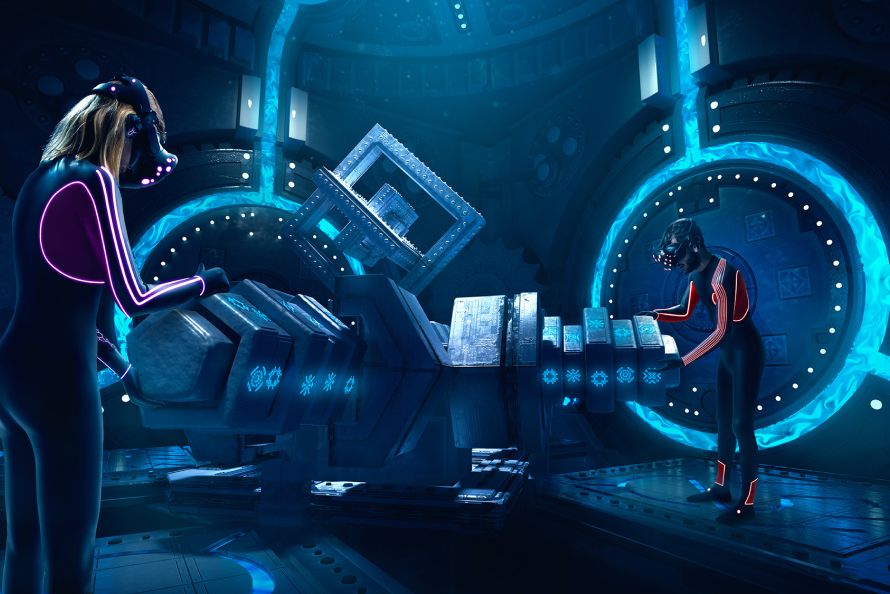 Another thing that will give you an advantage is to find a partner. Sharing your ideas with the entire group can often be difficult, as everyone will be talking over each other and whatever you say might get lost in the noise. If you are working with a partner, you can exchange ideas and information on a more intimate level and work towards solving a problem together. Even if one of you is doing most of the work, it can still be helpful to have somebody to share ideas with or to simply motivate you during the game.
Another thing that will give you an advantage is to find a partner. Sharing your ideas with the entire group can often be difficult, as everyone will be talking over each other and whatever you say might get lost in the noise. If you are working with a partner, you can exchange ideas and information on a more intimate level and work towards solving a problem together. Even if one of you is doing most of the work, it can still be helpful to have somebody to share ideas with or to simply motivate you during the game.
Of course, you still have to share important discoveries or ideas with the group, so the team leader should make sure to call everyone together at certain points during the game to report on the progress they are making and to help each other out.
Sometimes the entire team has to work together in order to solve a puzzle.
Getting scared
If the escape room you chose to play has a horror theme, you might find out you are not as brave as you thought you were. The most important thing is this case is to stay calm. Find a partner who can stay by your side and make you feel safer and remember that it is just a game and nothing bad can actually happen to you. As far as preparation goes, you can, of course, try to build up some resistance by watching horror movies or tv shows. Visiting a ‘Haunted House’ at an amusement park could also be helpful, but you might not always have the opportunity.
Of course, there are many different themes for escape room games so if it’s all too much for you, you could try to convince your teammates to pick a different option. There will always be some excellent alternatives that will be fun for everyone.
Conclusion
Being prepared before playing an escape room is a great way of making sure that you have a fun experience, but even if it’s a spontaneous visit and you are an absolute beginner, the most important thing is to remain calm and to trust in your abilities. Work well with your teammates and don’t be afraid to contribute your own ideas and you will have a great adventure.
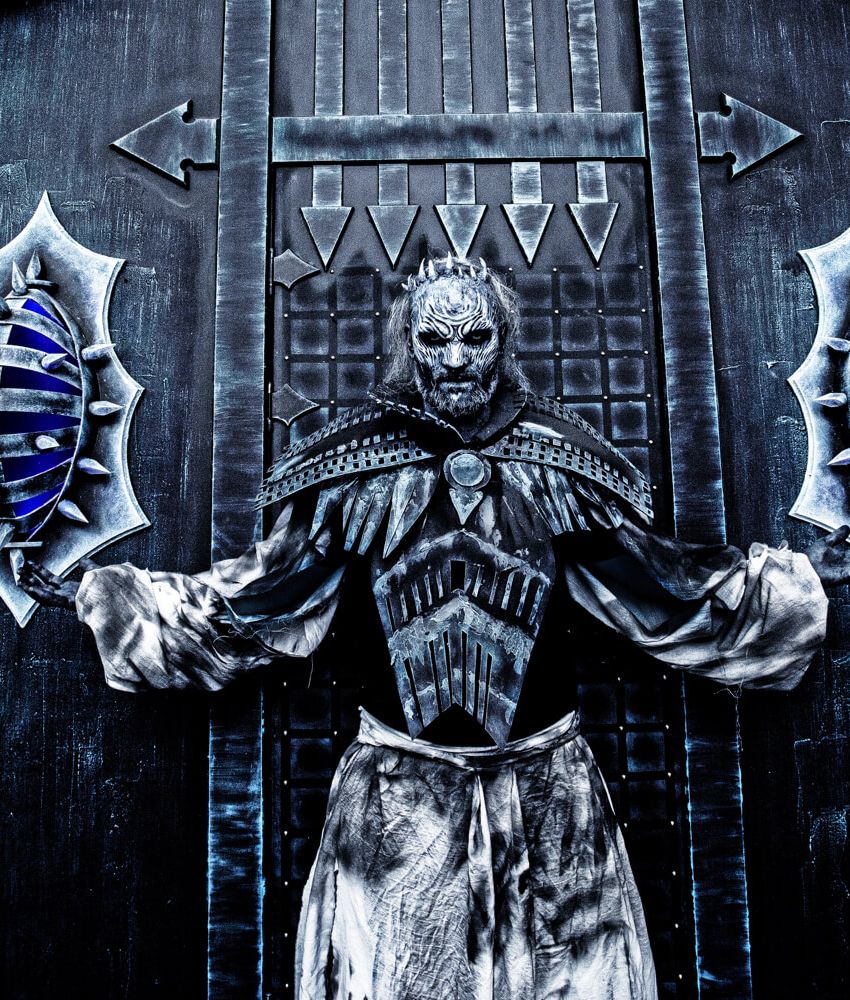
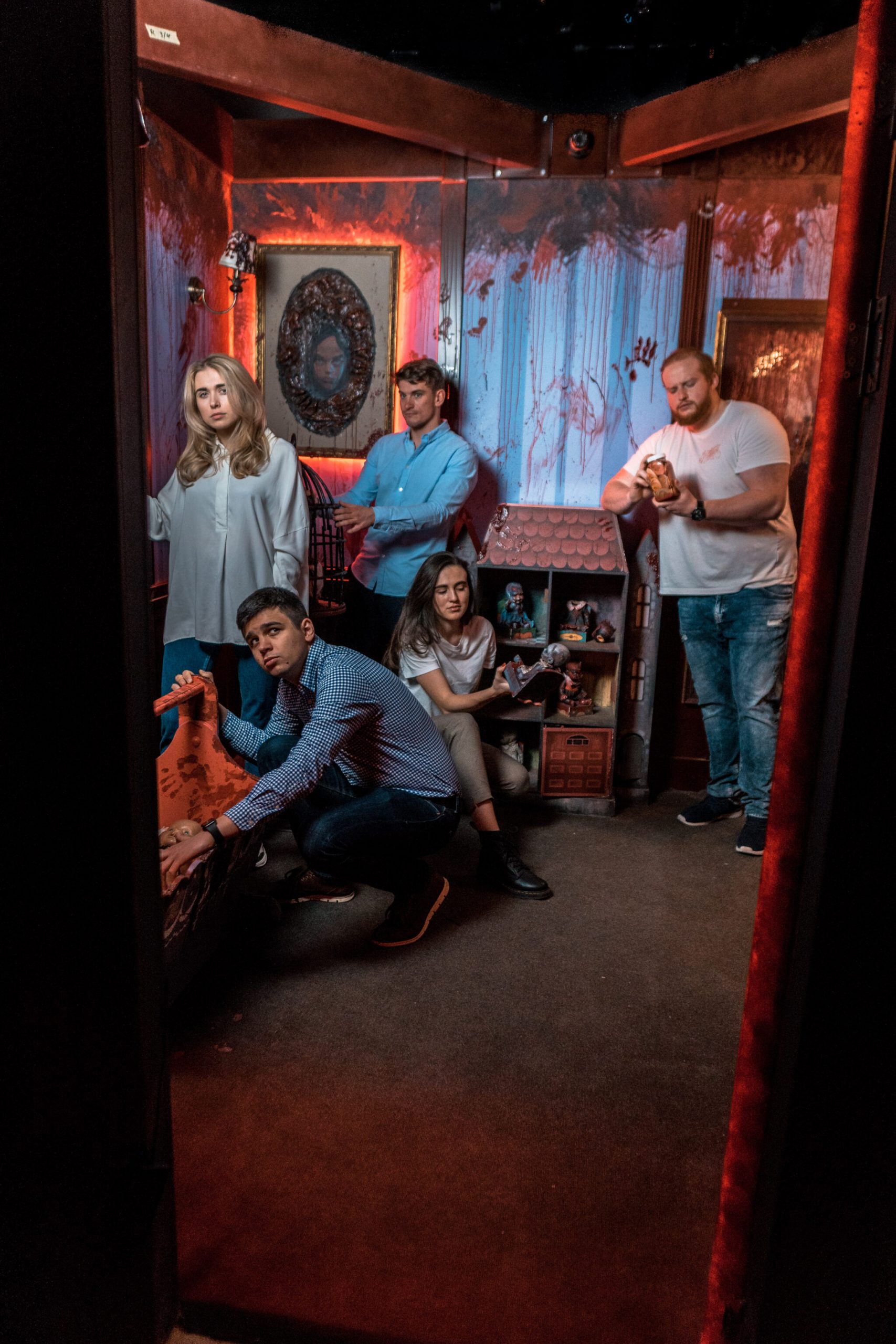
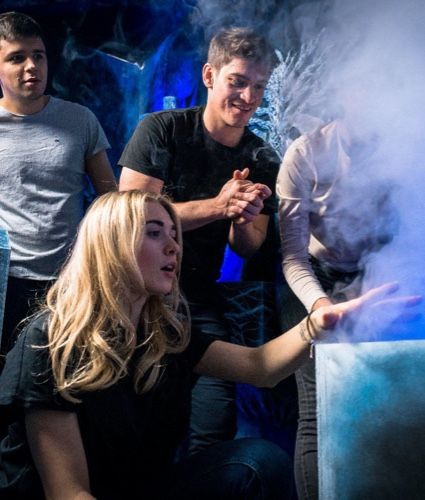
 Since you will likely be on your feet for most of the game, picking the right footwear is crucial to ensure a pleasant experience. Wear closed-toe shoes, preferably sneakers or trainers. Hiking shoes or comfortable boots are fine as well.
Since you will likely be on your feet for most of the game, picking the right footwear is crucial to ensure a pleasant experience. Wear closed-toe shoes, preferably sneakers or trainers. Hiking shoes or comfortable boots are fine as well. While most escape rooms have air conditioning, you can’t always rely on that to be enough. Make sure your shirt or sweater is light and loose-fitting and made of a breathable and flexible fabric.
While most escape rooms have air conditioning, you can’t always rely on that to be enough. Make sure your shirt or sweater is light and loose-fitting and made of a breathable and flexible fabric. Before you begin to set up the escape room, you need to know its dimensions. You need to know exactly what kind of setting your escape room will have before you start building anything.
Before you begin to set up the escape room, you need to know its dimensions. You need to know exactly what kind of setting your escape room will have before you start building anything.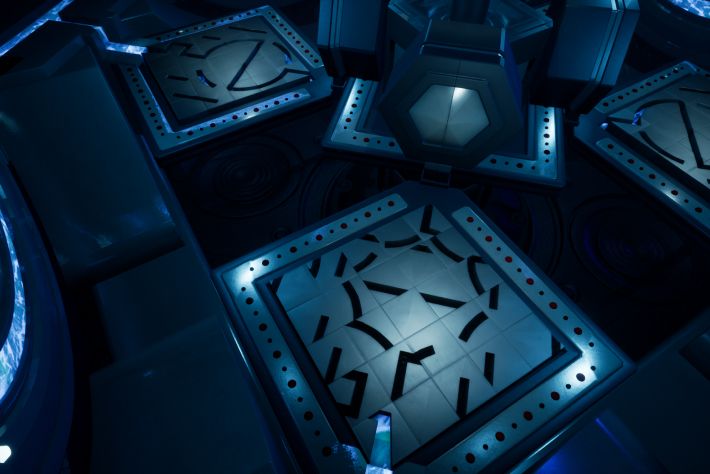 When the players enter the room, they receive a short introduction, which tells them what the story behind the escape room is. This is important not only to clarify the mission but also to set the right mood and atmosphere for the game in order to ensure an immersive experience.
When the players enter the room, they receive a short introduction, which tells them what the story behind the escape room is. This is important not only to clarify the mission but also to set the right mood and atmosphere for the game in order to ensure an immersive experience. Every corporate boss knows that the secret to a successful business enterprise lies in the cooperation between its employees. Because of this, companies strive to hold regular team-building activities. These activities do not only provide a break from work but also supply the perfect opportunity to develop camaraderie and teamwork among colleagues. But let’s face it: doing the same activity every year tends to lead to boredom and decreased productively. And what’s worse is that most company retreats only let employees relax, but does not necessarily improve their ability to work as a team. This is why it is important to try new and innovative ways to pique employees’ interests. Fortunately, an alternative option comes in the form of Escape Rooms.
Every corporate boss knows that the secret to a successful business enterprise lies in the cooperation between its employees. Because of this, companies strive to hold regular team-building activities. These activities do not only provide a break from work but also supply the perfect opportunity to develop camaraderie and teamwork among colleagues. But let’s face it: doing the same activity every year tends to lead to boredom and decreased productively. And what’s worse is that most company retreats only let employees relax, but does not necessarily improve their ability to work as a team. This is why it is important to try new and innovative ways to pique employees’ interests. Fortunately, an alternative option comes in the form of Escape Rooms. Give your employees the chance to experience an Escape Room like none other. Here at PlanB Escape Germany, we cater to all ages and tastes. As one of Germany’s premier Escape Rooms, we have several adventures to choose from here in Stuttgart and Karlsruhe.
Give your employees the chance to experience an Escape Room like none other. Here at PlanB Escape Germany, we cater to all ages and tastes. As one of Germany’s premier Escape Rooms, we have several adventures to choose from here in Stuttgart and Karlsruhe. Here at PlanB Escape Germany, we cater to all ages and tastes. As one of Germany’s premier Escape Rooms, we have several adventures to choose from here in Stuttgart and Karlsruhe.
Here at PlanB Escape Germany, we cater to all ages and tastes. As one of Germany’s premier Escape Rooms, we have several adventures to choose from here in Stuttgart and Karlsruhe.